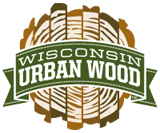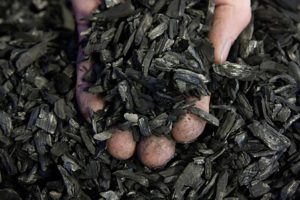 Wisconsin Urban Wood is conducting a research project with support from the Forest Service to develop and demonstrate best practice standards for urban wood utilization in Wisconsin; including describing the:
Wisconsin Urban Wood is conducting a research project with support from the Forest Service to develop and demonstrate best practice standards for urban wood utilization in Wisconsin; including describing the:
• Amount of urban wood generated in Wisconsin and its fate;
• Incentives and barriers to furthering wood utilization in Wisconsin; and
• Educational and technical needs associated with urban wood utilization.
Wisconsin Urban Wood sent out the survey via emails to tree service companies and municipalities. If you haven’t yet, please complete the survey as requested. While your response is critical to Wisconsin Urban Wood’s research, we also encourage you to participate for your own benefit. This research will help the Forest Service and Wisconsin Urban Wood develop and improve urban wood education and technical assistance in Wisconsin.
For more information about the survey or about Wisconsin Urban Wood, please contact 608-622-7212 or director@wisconsinurbanwood.org.


